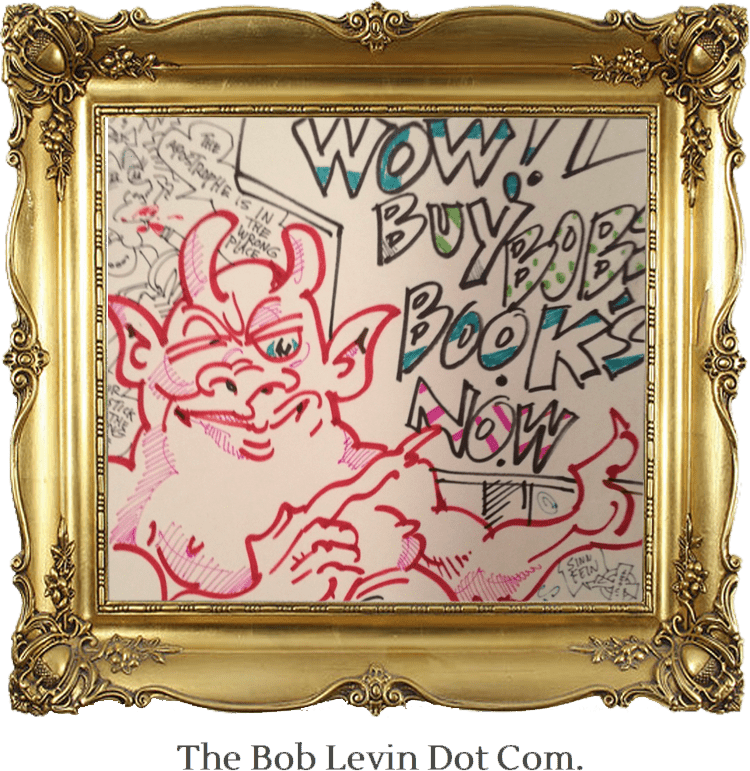I asked M if Douglass or Salandria had responded to Bugliosi. He didn’t know. Once he’d concluded “no doubt was possible as to the fact of a conspiracy,” he said, “(I chose) not to waste my time with any author… unable to accept this simple truth.”
The on-line site www.maryferrell.com took on the challenge of rebutting Reclaiming History . It provided a repository of detailed analyses of bullet fragments, audiotapes of police radio transmissions, head and throat wounds, the whereabouts of various individuals within the book depository at the time leading up to the shootings, and a time-line of Oswald’s movements from then until Tippit’s shooting in order to prove Bugliosi wrong.
Some of these entries seemed more convincing than others. Some seemed beyond my comprehension in their technicality. Some seemed silly. The Salandria-connected journalist, Gaeton Fonzi, for instance, traced his disbelief in the Warren Commission to Arlen Specter’s failure to remember exactly where the bullet had struck Kennedy in the back when interviewed in 1966. (Fonzi went on to express his belief that anti-Castro Cubans, linked with the CIA agent who would write the novel in which the anti-CIA left kills Kennedy, and, less directly, with Oswald, were involved in… Well, Fonzi never said.) In fact, none of Mary Ferrell’s contributors moved beyond their particular areas of doubt to build an entire sequence of events to explain what occurred.
Certainly some threads in the Warren Commission narrative are more securely anchored to its fabric than others. Bodies must have aligned in a particular wayt. Oswald must have traveled from the depository at a certain clip in a certain way to encounter Tippit. But the narrative woven around these problematics seems sturdier than one involving two or three or four shooters, most unseen, most leaving no traces, most arrivals and departures unaccounted for.
Certainly, too, I have questions. Where, I wonder, was Oswald going when he left his room with no money and his pistol? I also wonder why Douglass and Salandria insist on eliminating Oswald from the shooting entirely. If he wasn’t firing his rifle, then the conspiracy needed two shooters in the depository, plus at least one on the knoll, raising the risk of someone being apprehended by one-third, not to mention all those Oswald doubles to falsely implicate him.
So it’s confusing. How do you sort it out? My own inclination is to give little weight to any individual eyewitness. Memories are too unreliable. Too many disagreements abound. Some witnessed may be entirely or partially correct , but simply by comparing their accounts you can’t tell which. (I think you can fairly discount the witness who heard shots being fired within the limousine, but beyond that…) The expert testimony is more compelling. Even though you can usually find an expert to testify on either side of any proposition, it is usually easier to decide which of these to believe. (And these beliefs, as they form, tend to lead credence to some eyewitnesses and cast doubt upon others.) And finally there is the objective evidence, like the X-rays and photographs and films. They show what they show, and when you dispute them, you are led into beliefs about forgeries and alterations and substituted body parts. I find it easier to believe in the alignment of particular bodies in a particular way.
When I began this venture, I asked about thirty friends if they believed the Warren Commission that Lee Harvey Oswald, acting alone, killed Kennedy. About half did. A quarter believed others did it; a quarter didn’t know what to believe. When I asked those in that half what influenced their doubts, I was referred to Oliver Stone, Mort Sahl, Stephen King. One said she was “not a great believer in the rational process.”
Two of those polled had read the one-volume Warren Report. (They split one pro, one con-.) None had read Douglass or Salandria or Bugliosi. This led me to reflect upon how little people – and I include myself – base their opinions upon. Yet we all have opinions about all manner of things of political and social import to which we hold strongly and about which we argue forcefully. But it takes a great deal of information to understand an issue. You can take an entire college course and still have understanding elude you. You can earn a PhD and still have other PhDs attack you in the NYRB.
Toward the end of Bugliosi’s book, I ran into this assessment of those who believe in the Kennedy conspiracy. “It’s essentially become a religious belief… and with religious beliefs, the believer knows the truth, so there has to be an explanation for everything that contradits that truth… In situations where even they can’t come up with an explanation, they shield themselves from the evidence by distorting or ignoring it.” Imagine my surprise – and delight – at seeing him voice, after 20 years of work, what I had divined by talking to M without undertaking any of it.
I also wondered if this 30-part effort had been necessary. Maybe not, but it was fun
